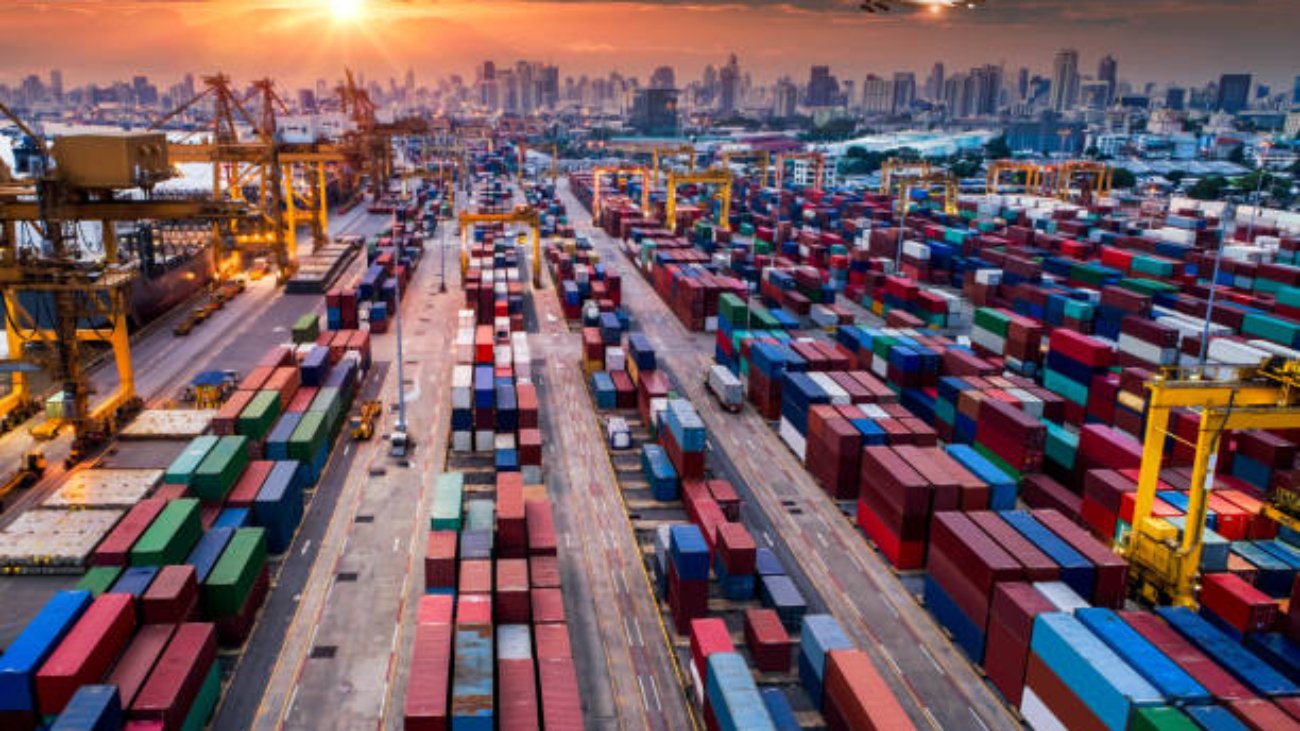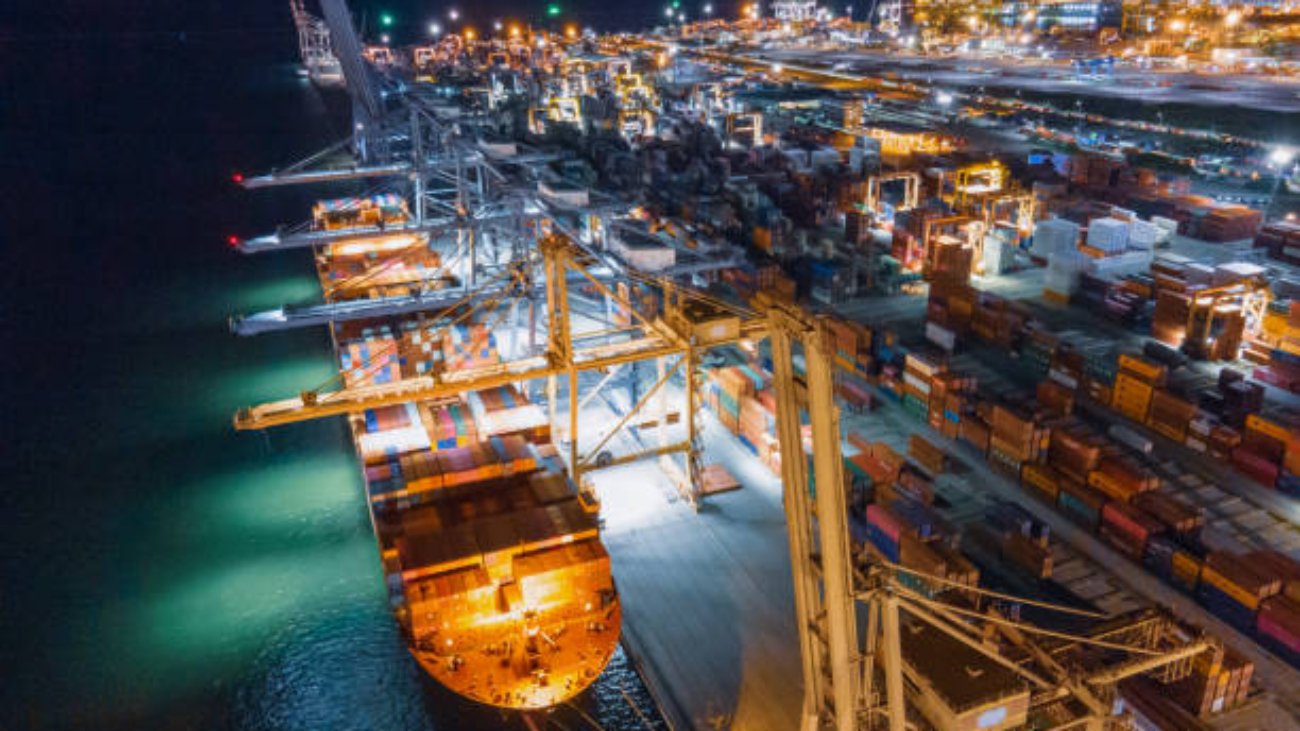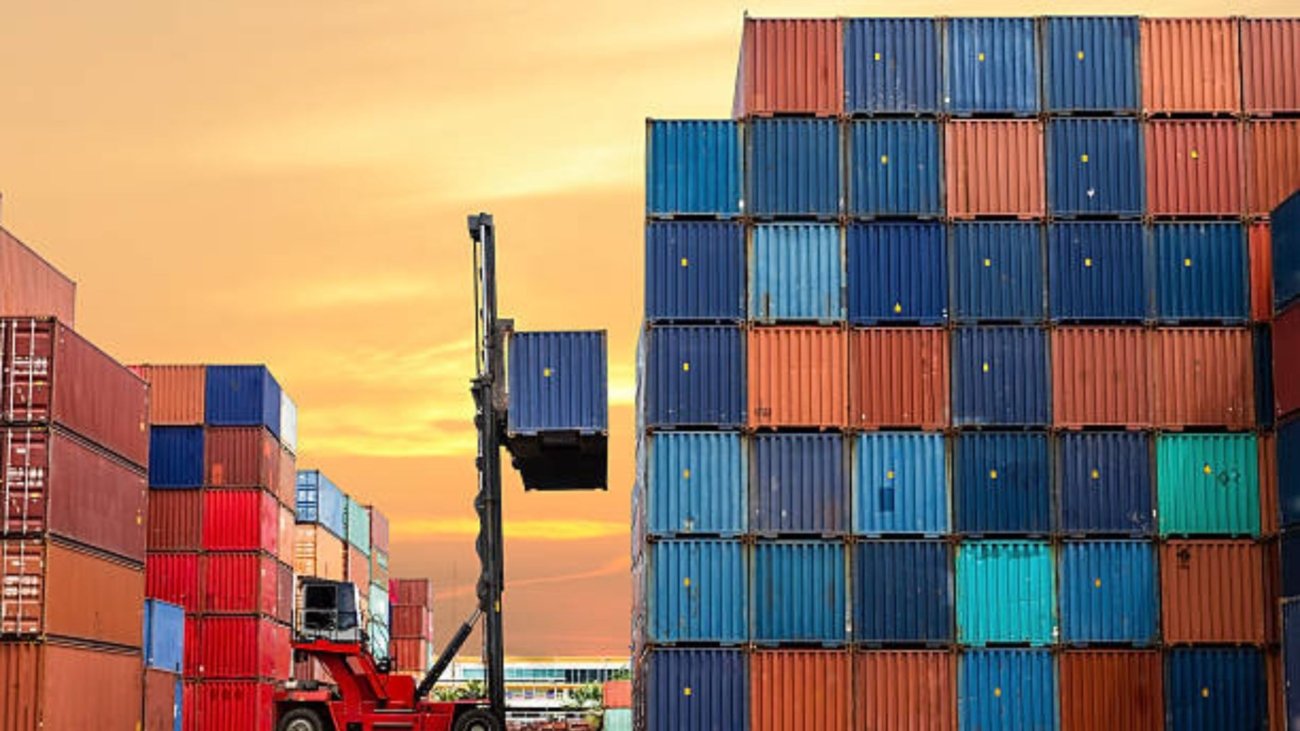Logistics 101: A Comprehensive Guide to Efficient Operations
I. Introduction to Logistics
A. Definition and significance of logistics in business operations: Logistics refers to the management of the flow of goods, information, and resources between the point of origin and the point of consumption. It plays a crucial role in ensuring the timely and efficient delivery of products to customers. Effective logistics operations contribute to customer satisfaction, cost savings, and overall business success.
B. Key components of logistics and their interdependencies: Logistics encompasses various components, including transportation, inventory management, warehousing, order fulfillment, and supply chain visibility. These components are interconnected and rely on each other to ensure the seamless flow of goods and information throughout the supply chain. By optimizing each component, businesses can enhance their logistics operations and drive operational efficiency.
II. Transportation Management in Logistics
A. Modes of transportation (road, rail, air, sea) and their suitability for different types of cargo: Different modes of transportation offer unique advantages and are suitable for specific types of cargo. Road transport is flexible and ideal for short distances, while rail and sea transport are more cost-effective for long-distance shipping. Air transport offers speed and is suitable for time-sensitive or high-value goods. Understanding the strengths and limitations of each mode helps businesses choose the most appropriate transportation method for their logistics needs.
B. Route optimization for cost-effective and timely deliveries: Optimizing transportation routes is essential for reducing fuel costs, minimizing transit times, and improving delivery efficiency. By leveraging route optimization software and considering factors such as distance, traffic patterns, and delivery time windows, businesses can identify the most efficient routes for their shipments. Route optimization helps reduce transportation costs and enhances customer satisfaction by ensuring timely deliveries.
C. Freight forwarding and carrier selection criteria: Freight forwarding involves coordinating the movement of goods through various transportation modes. When selecting freight forwarders and carriers, businesses should consider factors such as reliability, transit times, pricing, and the carrier’s expertise in handling specific types of cargo. Working with trusted partners ensures smooth logistics operations and minimizes the risk of disruptions.
D. Last-mile delivery challenges and solutions: Last-mile delivery, the final leg of the logistics process from the distribution center to the customer’s location, presents unique challenges. These challenges include navigating urban areas, managing diverse delivery requirements, and ensuring timely and accurate deliveries. To overcome last-mile challenges, businesses can explore solutions such as crowdsourced delivery, locker systems, or partnerships with local couriers to optimize last-mile operations and improve customer satisfaction.
III. Inventory Management and Control
A. Inventory classification techniques (ABC analysis, XYZ analysis): Inventory classification techniques help businesses prioritize their inventory management efforts. ABC analysis categorizes products based on their value or importance, allowing businesses to focus on managing high-value items more effectively. XYZ analysis classifies products based on demand variability, helping businesses determine appropriate inventory replenishment strategies for different product categories.
B. Just-in-Time (JIT) and lean inventory management principles: Just-in-Time (JIT) and lean inventory management principles aim to minimize inventory levels while ensuring timely product availability. JIT emphasizes receiving inventory only when needed, reducing carrying costs and inventory obsolescence. Lean inventory management focuses on eliminating waste, optimizing production and delivery schedules, and maintaining minimal inventory levels while meeting customer demand.
C. Demand forecasting methods and their impact on inventory levels: Accurate demand forecasting is crucial for effective inventory management. Businesses can employ forecasting methods such as historical data analysis, market research, and statistical modeling to predict future demand. By understanding demand patterns and trends, businesses can optimize inventory levels, reduce stockouts, and avoid excess inventory.
D. Warehouse layout optimization for efficient storage and retrieval: Warehouse layout optimization plays a vital role in efficient inventory management. By organizing the warehouse based on product characteristics, demand patterns, and picking frequency, businesses can minimize travel time, reduce order fulfillment errors, and optimize space utilization. Techniques such as slotting optimization, cross-docking, and implementing automated storage and retrieval systems contribute to efficient warehouse operations.
IV. Warehouse Management Systems (WMS) and Technology Integration
A. Introduction to Warehouse Management Systems (WMS): Warehouse Management Systems (WMS) are software applications that facilitate the management of warehouse operations, including inventory control, order processing, and tracking. WMS provides real-time visibility into inventory levels, automates workflows, and enables data-driven decision-making, enhancing overall warehouse efficiency.
B. Benefits of implementing a WMS in logistics operations: Implementing a WMS brings several benefits to logistics operations. It improves inventory accuracy, enables efficient order processing, reduces picking errors, and optimizes space utilization. WMS integration with other business systems, such as Enterprise Resource Planning (ERP) and Transportation Management Systems (TMS), enhances supply chain visibility and coordination.
C. Automation and robotics in warehouse operations: Automation and robotics technologies are revolutionizing warehouse operations. Automated guided vehicles (AGVs), robotic pickers, and automated sorting systems streamline material handling processes, increase picking accuracy, and enhance order fulfillment speed. Robotics and automation technologies reduce labor-intensive tasks, optimize resource allocation, and improve overall operational efficiency.
D. Integration of data analytics and Artificial Intelligence (AI) in logistics: Data analytics and AI technologies provide valuable insights into logistics operations. By analyzing historical data, market trends, and customer behavior, businesses can optimize inventory levels, predict demand, and improve supply chain visibility. AI-powered algorithms can optimize routing, identify cost-saving opportunities, and enable proactive decision-making in logistics operations.
V. Sustainability in Logistics
A. Green logistics and its importance in modern supply chains: Green logistics focuses on reducing the environmental impact of logistics operations. It includes initiatives such as using eco-friendly packaging materials, optimizing transportation routes to reduce emissions, and implementing energy-efficient practices. Green logistics contributes to environmental sustainability, enhances brand reputation, and aligns with customers’ eco-conscious preferences.
B. Reverse logistics and the management of product returns: Reverse logistics involves managing the flow of products from customers back to the original source, such as returns, repairs, or recycling. Implementing efficient reverse logistics processes helps businesses recover value from returned products, minimize waste, and improve customer satisfaction.
C. Collaboration and partnerships for sustainable supply chains: Collaboration and partnerships across the supply chain play a significant role in achieving sustainable logistics practices. Collaborative initiatives can involve sharing transportation resources, consolidating shipments, or implementing shared warehousing facilities. By working together, businesses can reduce carbon emissions, optimize resource utilization, and contribute to a greener supply chain.
D. Key performance indicators (KPIs) for measuring sustainability in logistics: Measuring sustainability in logistics requires defining and monitoring relevant Key Performance Indicators (KPIs). KPIs can include metrics such as carbon emissions per shipment, fuel consumption, waste generation, and percentage of recycled packaging materials. Tracking these KPIs helps businesses identify areas for improvement, set sustainability targets, and monitor their progress over time.
By implementing efficient logistics practices, leveraging technology, and embracing sustainability, businesses can optimize their operations, enhance customer satisfaction, and gain a competitive edge in the market.






